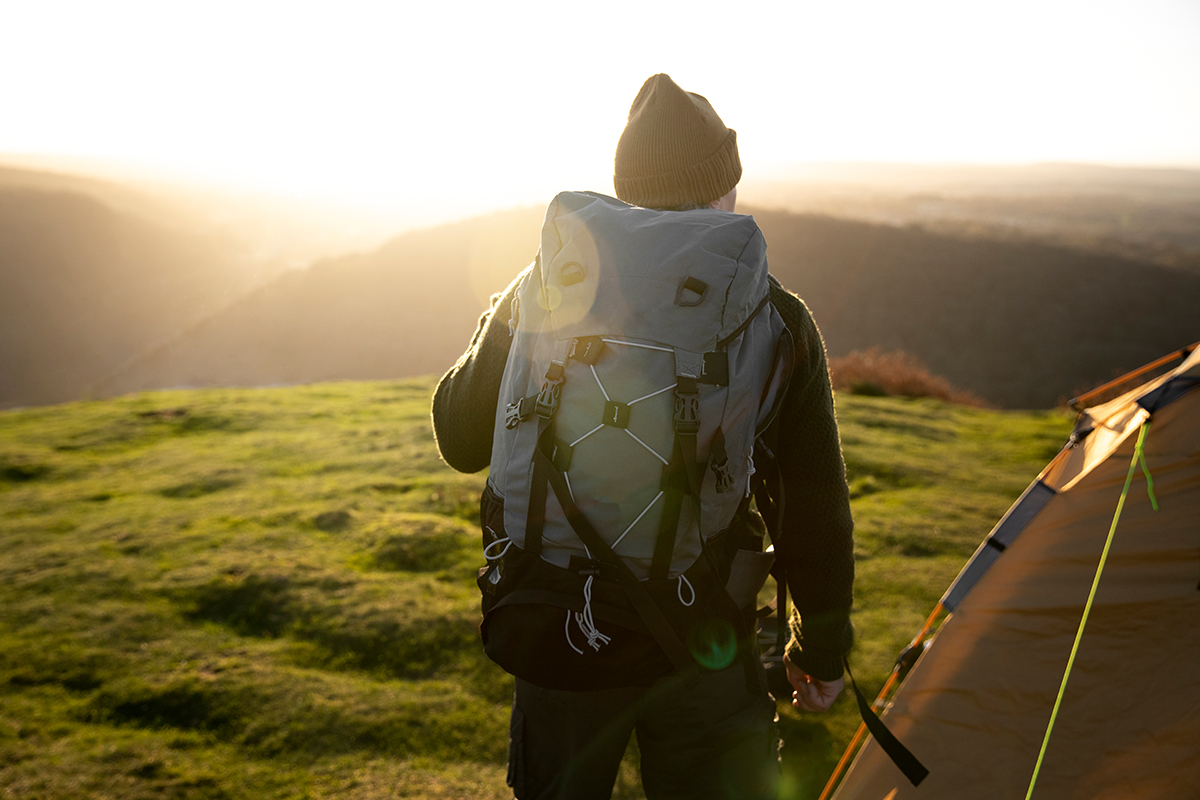When heading out on a hike, thorough preparation is key to ensuring a safe and comfortable journey. A well-organized and properly packed backpack is crucial for a successful adventure, as its contents determine your readiness for unexpected situations and overall well-being. Let’s review the essentials you should bring on a hike.
Basic Equipment: Safety and Comfort
Before setting out, consider the length of your route and the difficulty of the terrain. While the specifics may vary, some essential items are necessary for any hike.
Knife and Multitool
A knife is indispensable for tasks ranging from food preparation to minor gear repairs. A multitool with various functions (e.g., scissors, bottle opener, screwdriver) can be invaluable in unexpected situations.
First Aid Kit
A first aid kit is a non-negotiable part of any hiking backpack. Include antiseptics, bandages, plasters, pain relievers, allergy medications, and any prescriptions you regularly take. For longer or more challenging hikes, add insect bite treatments and muscle pain relief gel.
Flashlight and Spare Batteries
Even if you don’t plan to hike after dark, a flashlight is essential for areas with low visibility. A headlamp is ideal as it frees up your hands, and spare batteries ensure you won’t be left in the dark.
Map and Compass
For unfamiliar routes, a map and compass are essential. Relying solely on GPS is risky in areas with weak signals. A compass and map will help you navigate if you lose your way.
Food and Water: Energy for the Journey
Plan and prepare your food and water supply based on the hike’s duration and intensity.
Water Supply
Carry at least 2 liters of water per person per day. If your route includes water sources like rivers or lakes, consider bringing a water filter or purification tablets to reduce the load in your backpack.
Light and Nutritious Foods
Choose long-lasting, high-calorie foods that are easy to prepare, such as dried fruits, nuts, energy bars, canned meats, and vegetables. For hot meals, bring instant mashed potatoes, oatmeal, soups, or noodles that cook quickly. Don’t forget a small supply of salt, sugar, and a thermos for hot drinks.
Camping Stove or Fire Equipment
If you plan to cook, pack a portable stove with a gas canister or fire-making tools (matches, a lighter, or a firestarter). Keep in mind that fires are not always permitted everywhere.
Clothing and Gear: Comfort and Protection
Choose clothing based on the weather and season, ensuring it protects against nature’s unpredictability.
Layered Clothing
A layering system works best. The outer layer should be wind- and waterproof, the middle layer (like fleece or a down jacket) should provide warmth, and the base layer (thermal wear) should wick moisture and retain heat. Ensure layers can be easily added or removed as needed.
Spare Clothing
Always carry at least one change of clothes, including socks and a shirt. Wet clothing can lead to hypothermia, while dry socks help keep your feet warm and blister-free.
Hat, Gloves, and Sun Protection
Even in warm weather, nights can be cold. A hat and gloves will keep you warm, while sunscreen and a hat protect against sunburn during the day. For summer hikes, include sunglasses and insect repellent.
Sleeping Bag and Mat
For overnight hikes, a sleeping bag and camping mat are essential. Choose a sleeping bag suitable for the expected nighttime temperatures, and a mat to insulate you from the ground and provide comfort.
Organizing Your Backpack: Packing Tips
Once you’ve gathered everything, proper organization ensures even weight distribution and easy access to essential items.
Heavy Items Close to Your Back
Place heavy items (like water, food, and the first aid kit) close to your back and near the middle of the backpack to distribute weight evenly and reduce strain on your shoulders and back.
Frequently Used Items on Top
Keep items you may need quickly (flashlight, first aid kit, map, rain gear) at the top or in side pockets for easy access without unpacking everything.
Waterproof Bags for Protection
Use waterproof bags or pouches to protect clothing and important documents from moisture. This is particularly important in wet conditions.
Good organization and thoughtful packing will allow you to enjoy your adventure without unnecessary worries along the way.


